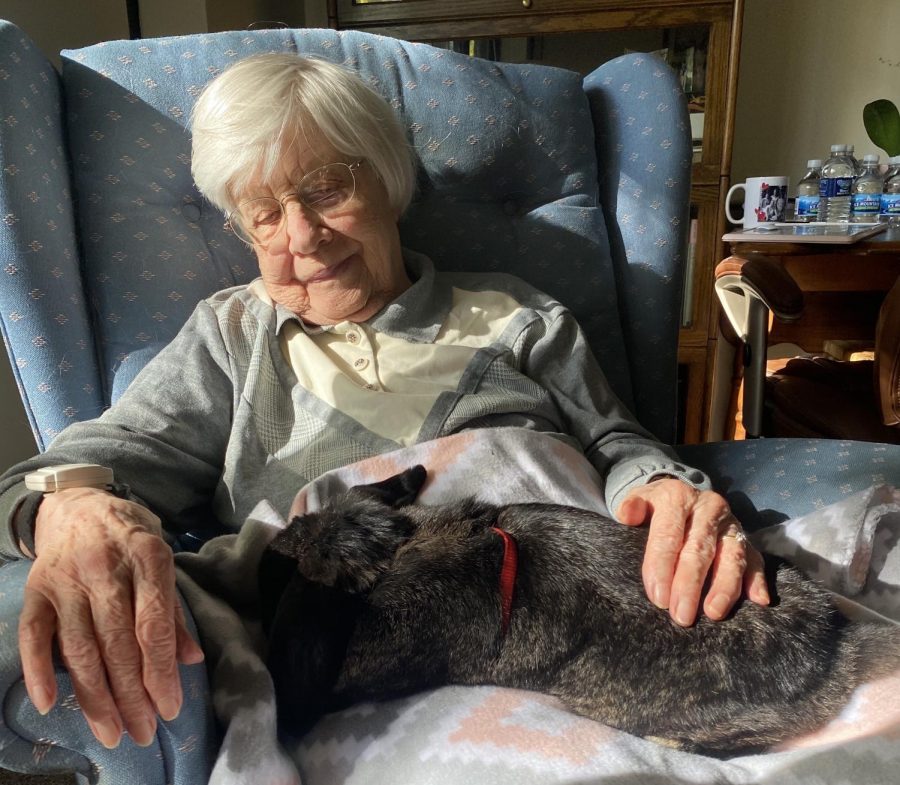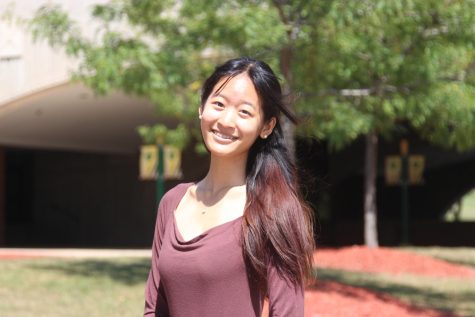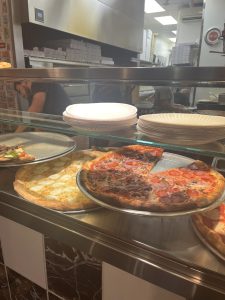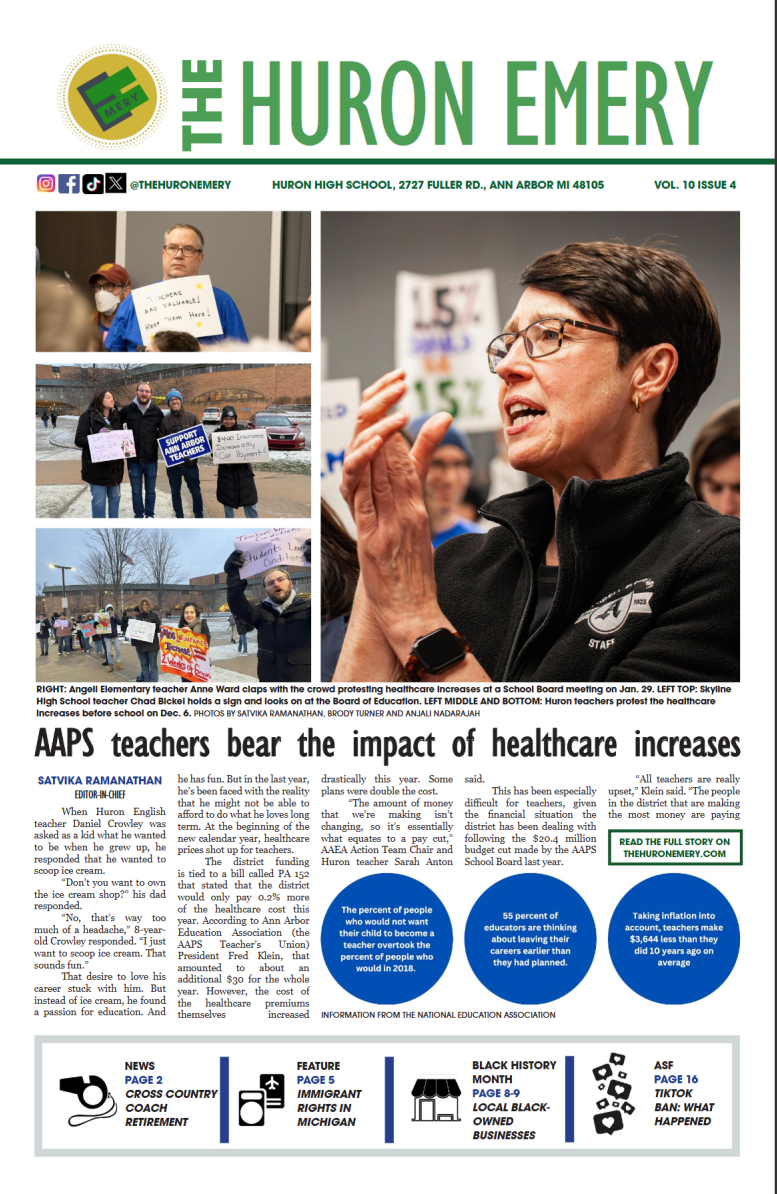Lost in Isolation: How Physical Distancing Negatively Affects the Elderly
Hillside Terrace Senior Living’s resident Phyllis with a bunny. “We’ve had to get creative with our activities. One of our Nurse’s Aides, Lindzy, raises bunnies so she brought one in for some pet therapy.” – Erin McIver
December 10, 2020
At the outset of the pandemic quarantine in March, the most reasonable solution for protecting the elderly, with their vulnerability to COVID-19, was to isolate them. Completely. After all, the fatality rate from the disease is 14.8 percent for people 80 years and older, which is the highest figure for all age groups. When the elderly are physically secluded, all possible risks of infection are eliminated. However, in isolation, another crucial aspect of their well-being is unintentionally compromised: mental health. While most of us do not consider this factor as being critical, in fact, it is necessary for survival.
“There are so many things physiologically that happen when we’re socially engaged,” commented Linda Chatters, PhD, University of Michigan Professor of Health Behavior & Health Education. “We are hardwired, definitely.”
Studies of orphanages show that children who do not get daily interactions with caretakers show withdrawal, a smaller physique, less development and an overall “failure to thrive” compared to children who have stronger social connections.
“We gain a lot developmentally by the interactions that we have that involve visual cues of engagement,” Prof. Chatters said. “This includes gaze, holding one another, talking and mimicking. These are all ways in which our brains develop.”
Workers at Ann Arbor’s Hillside Terrace Senior Living have noticed both obvious physical and mental declines in their residents, who have been quarantined for eight months.
“I mean, just the mood itself, it is very clear how much of a toll this has taken on them,” Erin McIver, the Life Enrichment Director, said. “It’s almost like we’re not able to get people out of this kind of depression, even once we’ve been able to open back up. We’re encouraging them, ‘No, don’t worry, you don’t have to be stuck in this room anymore, we can get out and go do things now.’”
The quarantine impact on social health is unmistakable.
The mandated quarantine has also been difficult on residents’ families. During the first week of quarantine, as one staff member related, one of the resident’s daughters came to surprise him at his window. They aligned their hands up and touched the window together, and blew each other a kiss. He then turned around with a tear in his eye.
His final words: “That’s my daughter.”
Her visit was one of his last interactions. He died the following Sunday from COVID-19.
In Michigan, nursing homes and assisted living facilities account for 30.9 percent of COVID-19 deaths, a number that would probably be much higher without these enforced isolation measures. The dilemma lies in the fact that this policy, although it alleviates contamination, is also linked to several mental health issues, the most prevalent being depression and anxiety. Additionally, the lack of social interaction can also worsen dementia.
“Getting out and interacting with others is therapeutic for older adults with dementia,” Prof. Chatters said. “That’s going to be curtailed. Access to those [social] services has been a problem. Some of it you can do virtually, but certainly not all of it.”
While residents have mixed feelings regarding conversations with boxed faces through Zoom, and some have even gotten used to it, face-to-face interactions have undoubtedly been missed.
“They’re starting to think [these extreme precautions are] never-ending,” Nanya Litz, Hillside’s senior administrator, said. “They’re saying that they’ll never see their loved ones, and if they have to live like this, they might as well give up.”
The frustration got to a point where some people began to refuse to drink water. To help lessen the effects of isolation, McIver tries to diversify what she shows to the residents each day from different movies and TV shows to word games and art projects.
“I try to change up their daily routines because they are stuck in four walls for months at a time,” McIver said.
Gradually, as the snow melted and April turned to May, flower petals opened and so did the activities at Hillside.
“It’s almost like you see the light come back in some of these residents’ eyes,” McIver recalled.
However, enforcing social distancing amongst the residents who were exhilarated to see their friends again was not as easy as she had anticipated.
“I had to constantly remind them, ‘I’m sorry, but you can’t linger. I’m sorry, but you have to be six feet apart. I’m sorry, but you can’t hug each other,’” McIver said.
The first activity to be opened was a walking program. In 14-day increments, a group of six people or fewer walked six feet apart in the beautiful courtyard, as temperatures warmed. Ice cream was served, too.
“I’ll never forget about Walter, [who has a wife and daughter back at home], holding that ice cream,” Litz said. “It took him forever to eat it. Everybody else was done with theirs. So, I said to him, ‘Why are you waiting to eat that ice cream? Why are you eating it so slow?’”
Walter’s thoughtful response speaks to all of us.
“I am savoring this moment,” he said.












